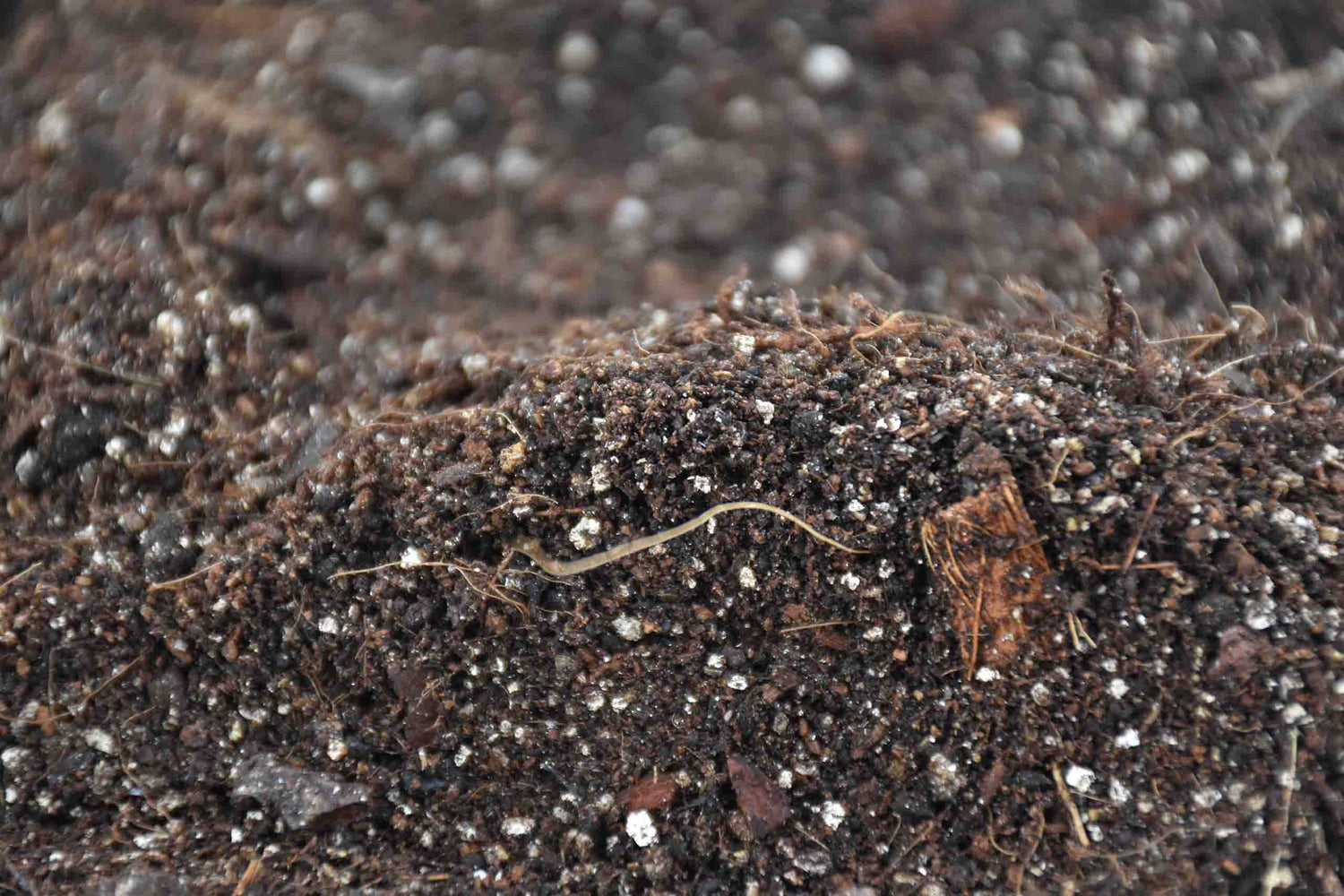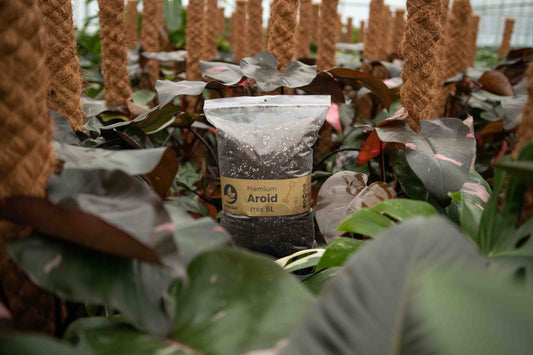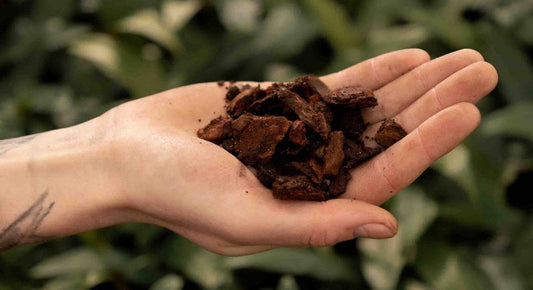Zeolite is one of those underrated ingredients that does a lot more than most people realize. It improves drainage, retains nutrients, reduces root rot, and even helps with smells — all thanks to its porous, volcanic structure. But is it better than perlite? How much should you use? And is all zeolite the same?
With so many soil ingredients on the market, confusion is common. That’s why we created this FAQ — to answer everything you might wonder about zeolite for houseplants.





